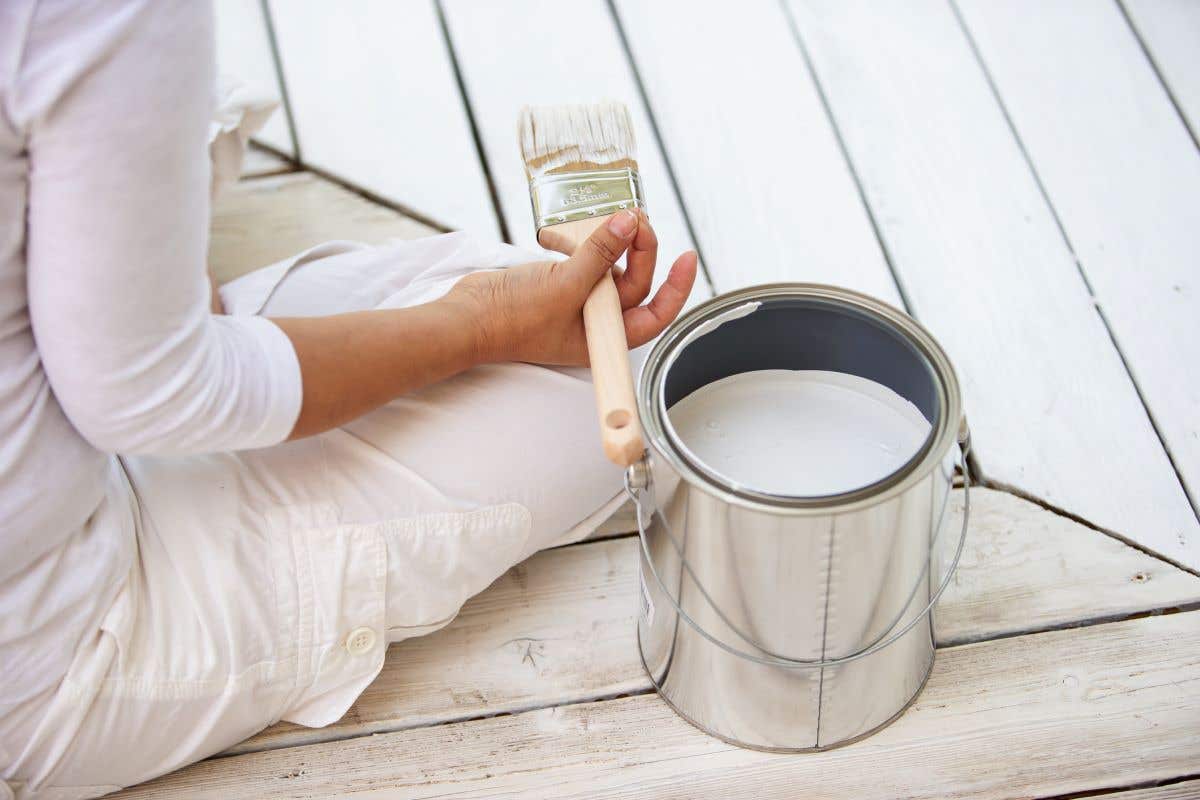Sunny days and warm temperatures can only mean one thing: it’s time for home maintenance!
Others may celebrate the start of spring with picnics and bike rides, but homeowners like you know it’s the perfect time to get outside and take a good look at what’s going on with your house. Here are some spring home maintenance tips to keep your abode in tip-top shape!
Clean your gutters and downspouts
Almost every article we write about home maintenance includes a tip for cleaning your gutters. It’s even one of our six tips for preventing flood damage. But there’s a good reason for this. Not only does pulling out the gunk that accumulates over the winter help stop pesky mosquitoes, but it also protects your home’s roof, walls, and foundation.
You want to clean your gutters and downspouts before the heavy spring rains come. That way you can make sure the system drains properly and pushes water away from your home. Also inspect your gutters and downspouts for:
-
Cracks.
-
Rust.
-
Sagging.
-
Water damage.
-
Mold.
-
Pooling water.
These can be signs that your downspouts and gutters need to be replaced.
Check for termites
Warm weather brings out all kinds of animals and insects, and probably the least appreciated of these is termites. Subterranean termites, for example, start swarming in the spring, and that makes them particularly risky for your home.
Unfortunately, home insurance rarely covers termite damage, so you want to find problems before they start. Here are a few signs of a termite infestation:
-
Small pinholes in your walls.
-
Buckling or crumbling wood.
-
Narrow tunnels, called mud tubes.
-
Discarded termite wings.
-
Peeling paint.
-
Stuck doors and windows.
If you aren’t sure if you’ve found an infestation, you may want to hire an exterminator to inspect your property.
Reseal exterior wood
The wood around your house expands and contracts with the rise and fall of temperatures. This, plus moisture from winter ice and snow, can cause it to weaken, warp, and even rot. To protect against this, take the time to reseal your woodwork, like decks, fences, railings, and trellises.
Before you buy sealant and get to work, note that you may have some repairs to make. Plus, you’ll want to give the wood a good scrubbing and sand the surface. This helps ensure that wood can absorb the new sealant.
Inspect your roof
Winter storms do a number on your roof each year, so one of your most important spring maintenance tasks is to give it a good once-over. This isn’t to suggest that you should climb a ladder and inspect your roof﹘leave that to the professionals! But from the safety of the ground, you can grab a pair of binoculars and look for:
-
Damaged or missing shingles.
-
Buckling or curling shingles.
-
Mold, moss, and piles of leaves.
-
Pooling water.
-
Cracks in chimney or skylight seals.
If you see signs of a problem, get in touch with a reputable roofer who can perform a more thorough inspection. That way, you may avoid a minor problem turning into a major leak in your home.
Check asphalt and concrete paths
Winter weather can also cause asphalt, concrete, and other types of hardscaping materials to crack. That kind of damage is unattractive, but it can also create a tripping hazard for your guests and others.
Luckily, the snow melting in the spring usually gives you a better idea of how much damage you have. You may be able to fix small cracks easily enough, but larger patches may require you to patch asphalt or replace concrete paths.
Test your sprinkler system
Spring gets most homeowners thinking about their lawns and gardens, but neither will grow well if your irrigation system isn’t ready. Start by turning on your sprinklers to see what happens. Ideally, water comes out and there are no problems. However, you may find that some sprinkler heads are broken and need to be replaced.
Once you’re sure the sprinklers are working, you want to check that they’re working in the right way. Adjust the sprinkler heads so they spray your flowers and grass﹘not your house, sidewalk, or street. Not only will your plants thank you, but your water bill may too!
Examine your screens
One of the best parts of spring is opening up your doors and windows to let fresh air flow through the house. But that’s only enjoyable if you can also keep mosquitoes and flies out, so take a good look at the screens on your doors and windows. Fixing those rips and tears in your screens is surprisingly easy, and most home improvement stores have repair kits for under $20.
Service air conditioner
While the spring is usually moderate, summer temperatures are on the way. You can prepare for the hot months ahead by getting your air conditioning unit serviced. Technicians can clean your HVAC system to ensure it’s working efficiently. Some home warranty plans include this annual maintenance, so make use of it to keep your home cool and your electric bills down.
Trim trees
If you have trees growing towards or over your home, use the early springtime as an opportunity to trim and shape trees. Once the spring rains start, you don’t want limbs falling on your roof or knocking down gutters. This is also an opportunity to remove any dead wood or other hazards that could hurt you or your property.
Check your foundation
Once the soil starts to thaw, check your foundation, both inside and out. On the outside, look for any depressions or areas where water may be headed towards your home rather than away from. Inside, look for water intrusion or signs of settling – such as cracks – that could cause problems later.
Home maintenance is the key to keeping your property safe and secure. Get more tips in our ultimate home maintenance checklist.


